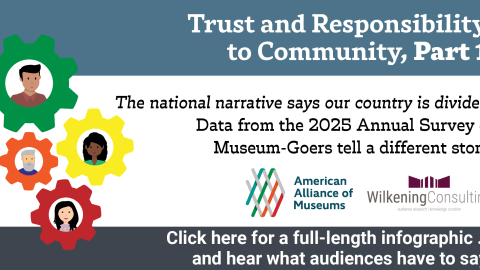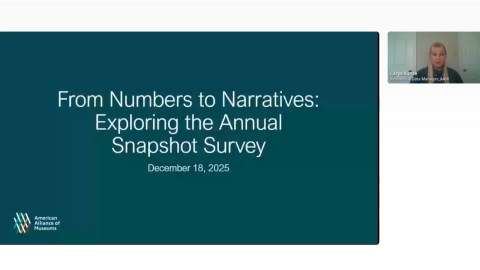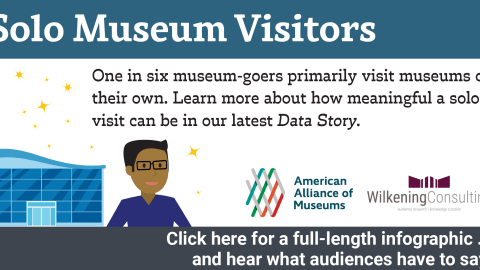It’s summer and things are slow, so sometimes Futurist Friday (my sporadic series of posts recommending reading & viewing) is going to fall earlier in the week.
This week’s recommendation: the Long Now Foundation’s Long Bets site.
Quick review: the Long Now Foundation is Stewart Brand and Danny Hillis’ project to encourage really long term (10,000 year) thinking. (See previous Futurist Friday post profiling the Long Now’s Rosetta Project.)
Long Bets are yet another way the Long Now’s inventive staff and board have come up with to promote thinking on a long time frame. People are encouraged to post predictions on the site regarding something they think will happen in the next 2-X years. (X is intentionally unspecified—there is no boundary on how far the projections can cast into the future. The most long term projection I could find closes in 776 years.)
Here, for example is a projection on the site related to the cultural sector:
#657: By 2030, 30% of libraries existing today will not have walls (buildings).17 years 02013-02030. (Unfortunately the author, Susan Hornung, didn’t provide an argument supporting this prediction, so it is hard to assess the strength of her position.)
Predictions are vetted by a mediator to ensure it is “societally or scientifically important” and other criteria. If someone wants to challenge that prediction, they provide a counter argument. The predictor can then choose which challenger to bet against. The contenders agree on a $ amount for the bet, each designates a charity to receive their (hoped for) winnings, and negotiate the terms of the wager. The bet is resolved when the time period of the prediction is up, or when conditions of the terms of the bet are met, whichever comes first. The winnings are awarded to the winners preferred charity.
Anyone who registers on the site is encouraged to contribute to the discussion regarding any given bet. Indeed, that is one of the major goals of the site—to foster “improved long-term thinking.”
There are lots of predictions about global warming (# 653, “The first ice-free artic day (as defined by NSIDC) will occur by the end of 2020”), the economy (#611#633, “Bitcoins will outperform the US Dollar, Gold, Silver, and the stock market by over 100 times over the next two years”) and transportation (#633, “By the year 2037, all driving on highways and city streets will be completely automated, the only place to freely drive will be specially designated tracks”).
Some projections are so technical I would have to do background research to even know what they are talking about (#165, “By 2040 the existence of Qi will be accepted by the mainstream scientists, and Qi research will revolutionize our mechanical scientific TOE into a true TOE.” Wah?)
Some are just plain silly (#86, By the year 2150, over 50% of schools in the USA or Western Europe will require classes in defending against robot attacks.” I wish. That would’ve been cooler than gym.) But all together, the projections and bets make for a good read—insight into what people think about, worry about, hope for, and (in some cases) well-reasoned arguments for why they believe what they do.
It is particularly interesting to look at bets that have been resolved to see, with hindsight, whose reasoning was on point and why. See for example bet #3, in which Jim Griffin predicted, in 2002, that “a profitable video-on-demand service aimed at consumers will offer 10,000 titles to 5 million subscribers by 2010.” Griffin was right. His challenger, Gordon Bell, argued that too many technological barriers (bandwidth, codecs, connections) lay between us and Netflix and its kin. Serves as a good reminder of how hard it is to correctly perceive the speed with which technology, and infrastructure, can change.
As a side note, the project also has a brilliant financial model. Participants pay a $50 “publication fee” to post a projection on the site. When the predictor and challenger agree on the bet, both deposit the amount up front into a portfolio called the Foresight Fund, which holds the stakes. (The bets are tax-deductible, since they are charitable gifts) Half of the growth of the fund goes to support the Long Now Foundation, and the other half accrues so that the eventual payment to the winner’s preferred charity may actually be much bigger than the original bet.
What makes Long Bets meaningful?
- The format and criteria encourages you to think long and hard about framing your projection in a specific, verifiable way.
- The requirement to plonk down hard cash makes you assess your certainty about your projection. Is it really a product of reasoning, or is it just wishful thinking?
- It fosters discussion about the projection, the challenge and the reasoning behind both.
So, what about it—are you ready to place your own bet? I’m formulating one about our sector (let’s see if it meet’s the site’s criteria for being “societally or scientifically important.”) Until then, weigh in with your thoughts in the comments section, below.









I can see something along the lines of "By year X, 50% of museum patrons time spent with the museum's content will be experienced outside the museum."
Interesting metric to look at, Barry. Might be easier to measure if we narrow down to one museum–AMNH for example? 🙂 Could serve as a proxy for the wider world of museums. Can your staff estimate what the "time spent with museum content" online v. in person is today? That would be a good baseline from which to project.
Nice to be visiting your blog again, it has been months for me. Well this article that i've been waited for so long. I need this article to complete my assignment in the college, and it has same topic with your article. Thanks, great share. bet10bets giris